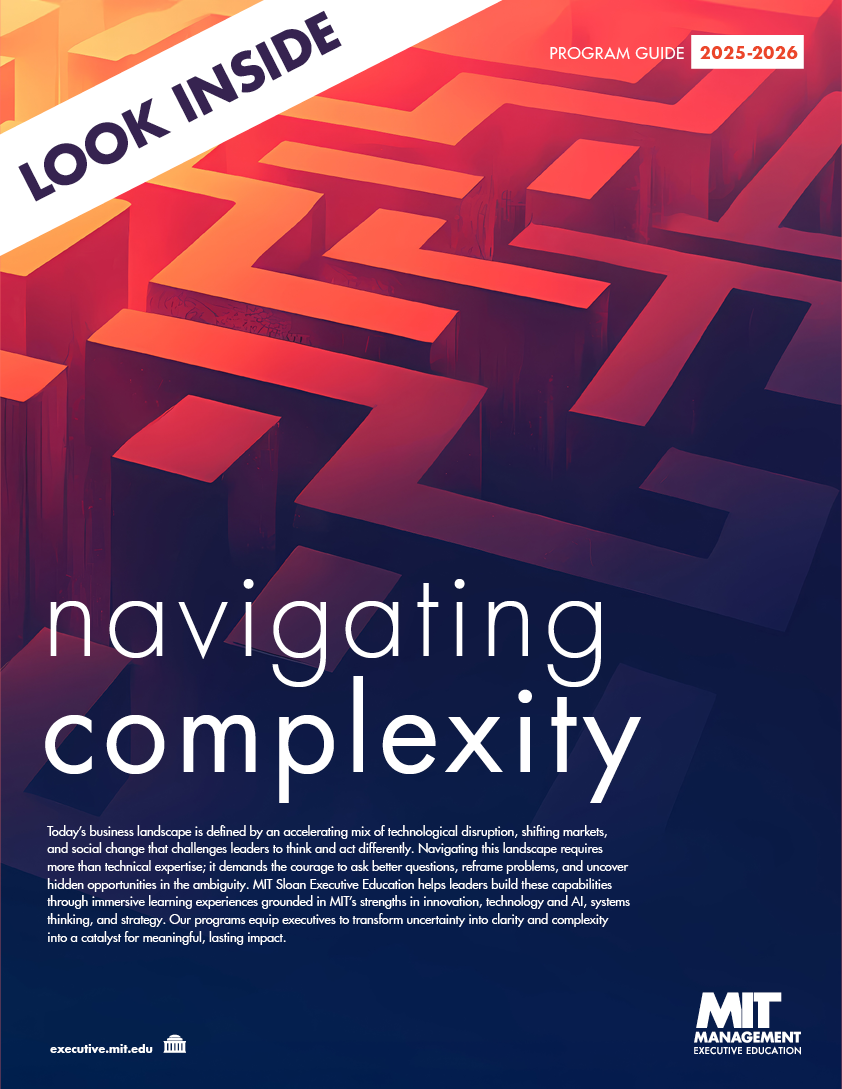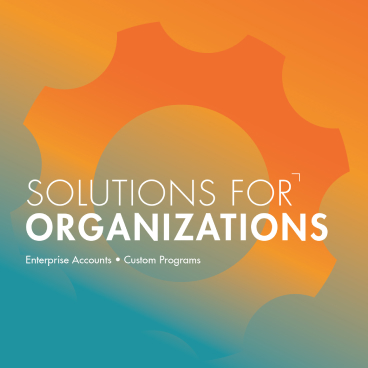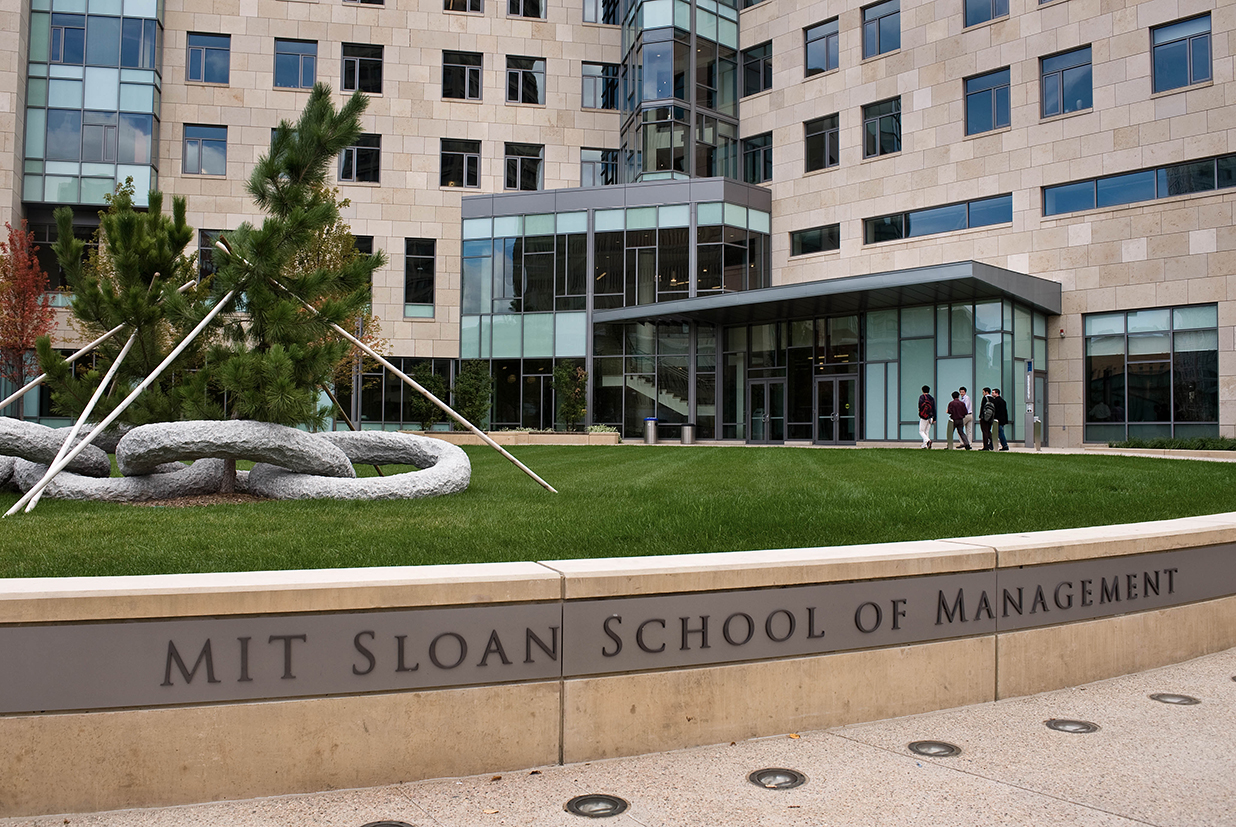Across industries and around the world, market conditions are uncertain and challenging. This means managing and mitigating supply chain risk are eternally relevant strategic considerations for senior managers.
Businesses' resources are essentially the same as ever — teams of people work with technology and collaborate with international supplier networks. Add in the ever-rising complexity of today's landscape, however, and it's clear executives will need to deploy these resources in new ways.
Companies that lack intentionally designed supply chain risk management strategies may struggle as everything from digital transformation to geopolitical instability disrupts their operations. Effective logistics strategies need to include contingency plans and risk mitigation components.
What is supply chain risk management and why does it matter?
Managing supply chain risk is one element in a company's overall operations strategy. It means creating resilient processes and developing the ability to manage, anticipate, and counteract the many potential risk factors and potential disruptions that could affect the supply chain.
If your organization lacks supply chain risk management, the issue may manifest itself at moments of strain. When conditions change, your processes may fail to keep up with the relentless pace of modern business. Building out resilience in advance is a pathway to competitive advantage, allowing you to be ready for these changes.
What form can supply chain disruption and related complications take? The list is long, and always growing. Leading operational risk factors include:
- Geopolitical tensions and resulting changes: Shifts in trading policies based on factors like tariffs and redrawn alliances can impact companies that haven't built resilient and redundant supply chains. If you rely on supplier relationships in a single region for key components or raw materials, your logistics network is at risk of suffering extensive slowdowns or cost increases.
- Accelerating the digitization of processes: The introduction of cloud-based solutions and the rising use of data analytics are no longer brand-new trends, but companies do need to factor them into every decision they make. Businesses that can't keep up with the pace of digital business may find it hard to compete.
- The complexity of managing global networks: While protectionist trade policies may lead to the severing of global trade links, international supplier networks remain the default in manufacturing today. Monitoring partner organizations across borders and coordinating movements of goods around the world comes with management challenges.
- Environmental risk and other sustainability issues: An increasing awareness of companies' environmental impact has ratched up regulations and investor pressure, especially in some regions. Advanced corporate responsibility programs are therefore now closely integrated with supply chain operations.
Developing a supply chain strategy that can survive and thrive amid these pressures is now essential to leadership.
Read more: Discover the importance of having a comprehensive supply chain strategy.
What goes into a leading-edge operations strategy?
Building an operations strategy that stands up to the rigors of the modern supply chain is a worthy goal to work toward as an industrial leader. If done correctly, you'll emerge with a strategy that can keep your organization producing at the expected levels of output and quality, but with less vulnerability to potential risk.
Some of the elements accounted for in a leading-edge operations strategy include:
- Capacity and risk management: Managing supply chain risk and working these calculations into the base level of logistics planning allows your business to avoid systematic issues that can affect your ability to meet projections, keeping your organization on track when competitors falter.
- Efficient use of resources: One of the most important uses of data in today's supply chains involves the optimization of resource allocation. High-level supply chain visibility allows your company to draw maximum effectiveness from its spending.
- Analysis into integration, outsourcing, and products: Data-driven analysis can reach multiple areas of the supply chain. By performing advanced analytics, it's possible to assess and improve a variety of processes.
- Supplier network management: The close oversight of key supply partners is an essential consideration in today's global logistics networks. Optimization and redundancy powered by data-driven analysis can lead to more resilient operations.
Researchers have been taking data-driven resiliency to high levels in their operational strategy development. One key example of this process in action includes the development of "digital twins" that allow in-depth modeling of every link in the supply chain.
Detailed analysis and intensive supply chain visibility can advance two priorities simultaneously — operational risk identification on one hand and highlighting opportunities on the other. When you're aware of weak points in your supply chain, you can build in flexibility and redundancy that will see you through disruptions ranging from rising competitive pressure to supply chain-breaking natural disasters.
Read more: See the global supply chain risk mitigation strategy lessons professionals learned when recovering from COVID-19 disruptions.
Executive education for supply chain excellence
You can take direct steps to increase your engagement with cutting-edge supply chain operations design. MIT Sloan Executive Education's Supply Chain Strategy and Management, taught by Professor David Simchi-Levi and Senior Lecturer Thomas Roemer is a key course in this regard.
Participants in Simchi-Levi and Roemer's two-day course gain directly actionable insights about how to boost supply chain performance using the concept of technology clock speed. The main areas included in the curriculum include:
- The intersection of supply chain design and business strategy management.
- The forces affecting supply chain performance on local and global levels.
- Integration of product development with supply chain processes.
- Connections between supply chain design and on-the-ground logistics.
- The effect of the e-business revolution on supply chain performance.
One of the major themes threaded through these takeaways is connectivity. An effective supply chain is closely integrated with other parts of your company, including product development and overall business strategy.
Highlighting those close connections demonstrates supply chain resilience's powerful effect on your company’s overall ability to execute its strategy. A well-designed, flexible, and strong supply chain is essential to bringing new products to the market, reaching new regions, and through changing market conditions.
In addition to Supply Chain Strategy and Management, participants can enroll in Developing a Leading Edge Operations Strategy to deepen their understanding of logistics and the entire supply chain — the two courses are often taken together.
Get started revolutionizing your supply chain knowledge
Building a resilient supply chain is an especially valuable area of expertise because it's always relevant. Complexities are unavoidable in companies' supply networks, and businesses have spent the five-plus years following COVID-19 lockdowns acutely aware of just how severely their logistics operations can break down.
An instance of supply chain disruption doesn't have to reach the scale of a global pandemic to derail a business's network of suppliers and partners. Everyday occurrences can add up to cause issues. This makes supply chain risk management an essential practice for day-to-day operations as well as survival in the face of large-scale breakdowns. In both cases, resilience is critical to maintain competitive advantage.
By enrolling in executive education courses that directly tackle supply chain design and operations management, you can build skills for your current role or develop a strong resume for future executive roles. Organizations need leaders who can cope with the need to build resilient and integrated systems that empower the entire supply chain.
Enroll in Supply Chain Strategy and Management and gain a new perspective on developing a global supply chain risk mitigation strategy.








